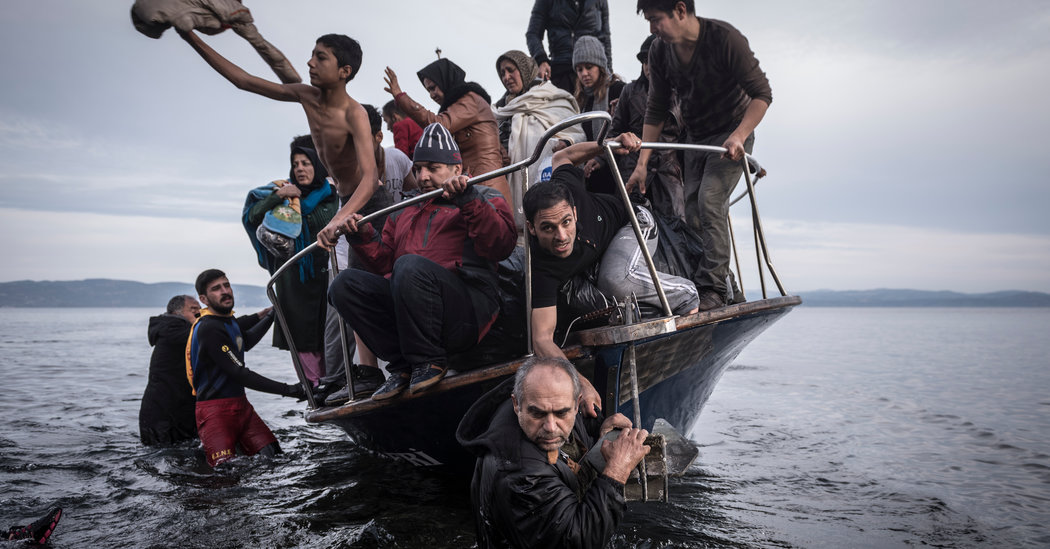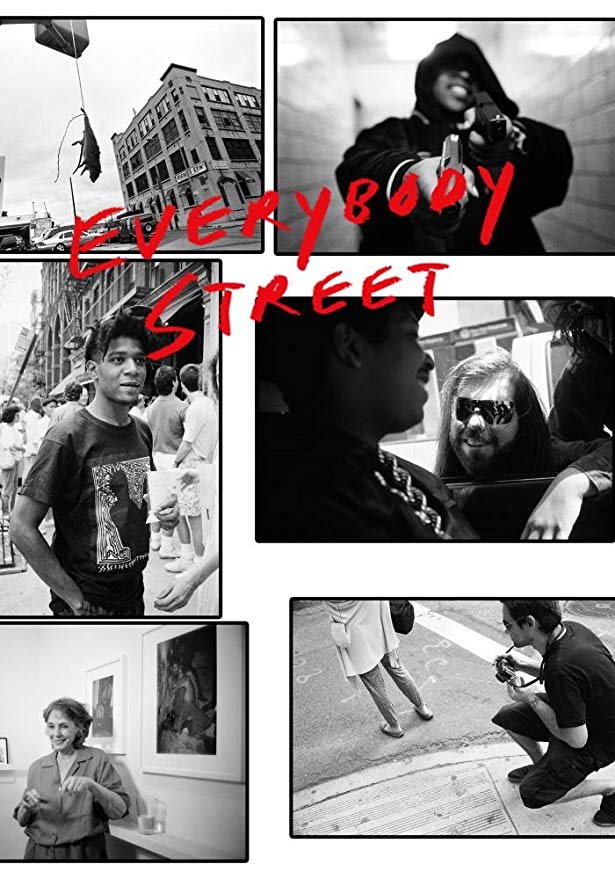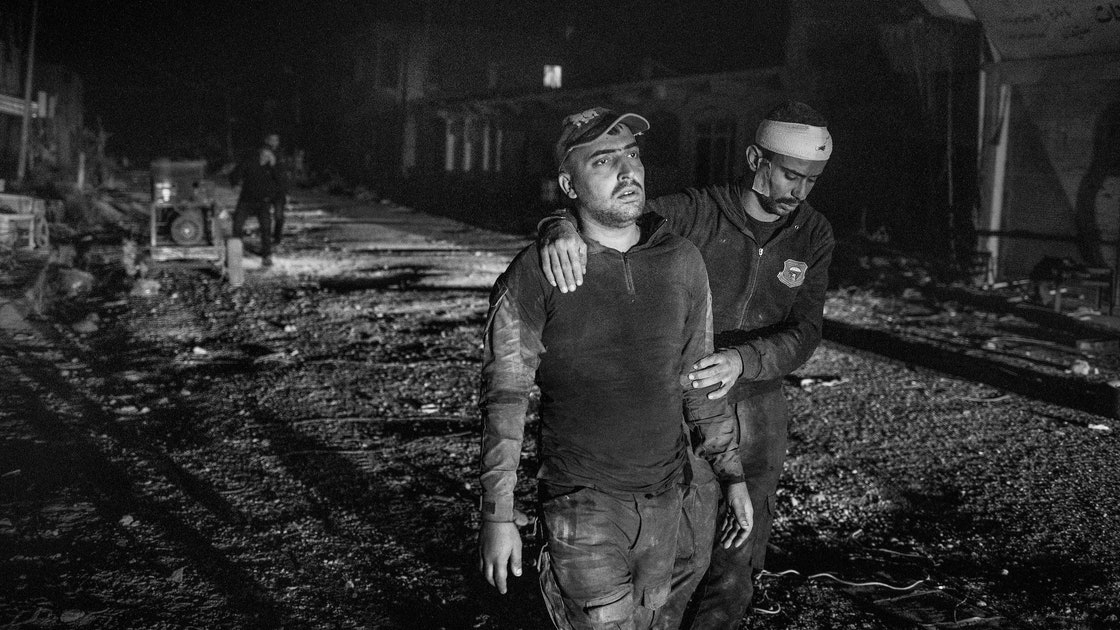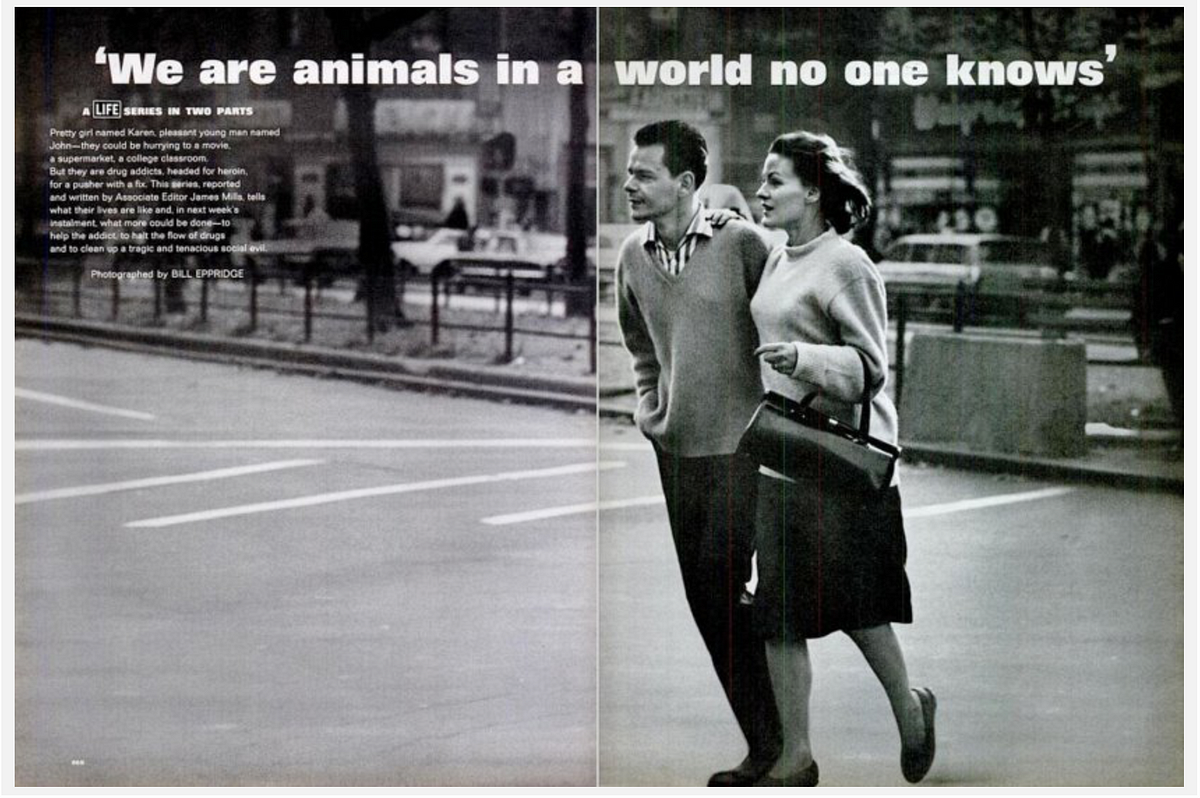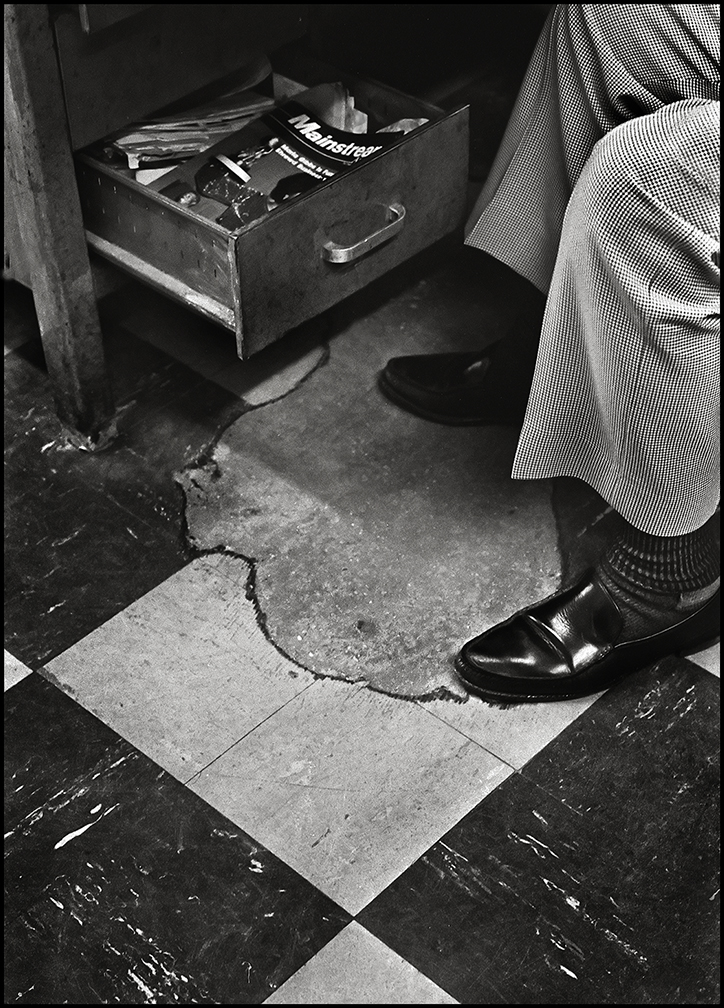The Decade in Pictures
The New York Times pored over 10 years of images, of moments both fresh and faded, to tell the story of the past decade.
Link: https://www.nytimes.com/interactive/2019/world/decade-in-pictures.html
If you’re a 500px member who hasn’t logged in to the photo sharing and selling service for a while, you may be asked to agree to an updated Terms of Service document upon logging in. The latest agreement is causing an uproar (and a new wave of account deletions) among many photographers, but it doesn’t appear that anything has changed from a legal or rights standpoint.

